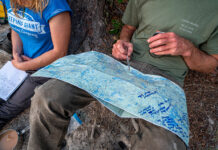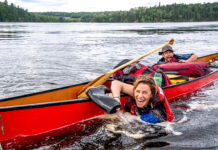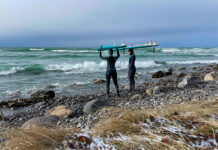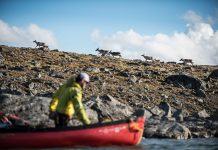One of the scariest movies I ever watched as a young teenager was horror flick The Blair Witch Project. It scared the crap out of me.
For those unfamiliar with this indie-flick phenomenon, let me fill you in. One of the first in the found-footage genre, the mock documentary follows three filmmakers on a remote hike as they’re terrorized by a ghost.
After becoming hopelessly lost, the threesome find spooky stick figures hanging from trees, are awoken by shrieking in the night, and one morning they find teeth outside their tent. Sound silly? Trust me, it’s creepy. An online marketing campaign created even more buzz, making it appear as if the film was non-fiction.
Fast-forward three months. I’m on a solo overnight as part of a month-long outdoor education course. I don’t know whether to feel safe or terrified by the isolation of my little island paradise.
As the sun set, the same question kept racing through my mind: Do Blair witches swim?
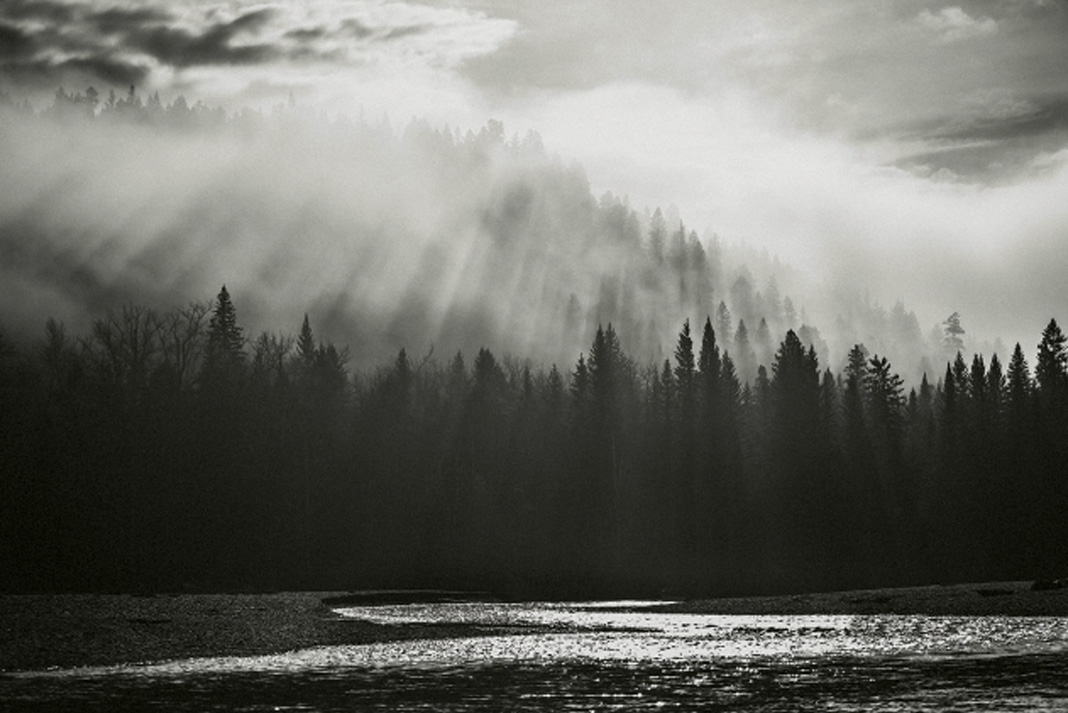
How to banish your biggest wilderness fears
Hollywood movies would have us believing that bears, boogeymen and banjo-playing locals lurk around every corner of the portage trail. With just a little imagination, it can be easy to stir up latent fears of the unknown wilderness and all things that go bump in the night. An ill-timed snap of a twig can turn the forest’s enveloping darkness from a cozy comforter into a suffocating shroud.
Few outdoorsy types talk about it, but we all experience fear in the wilderness at one time or another. Due to our own vulnerability while alone in the dark, fear can be described as a perfect evolutionary survival trait, but in the embrace of the morning sun, we still feel a little foolish.
In truth, there are more scary specters in the wilderness than Blair witches and creatures from the Black Lagoon. Spinal injuries, animal attacks, and being hit by lightning are some of the most common fears I’ve heard outdoor enthusiasts discuss. Those are more rational concerns, for sure, but almost equally as unlikely to befall a recreational paddler.
In the Early Summer issue of Canoeroots, we look at some of these widespread wilderness fears and explore whether they’re legit or bogus. It didn’t surprise us to discover that many of the dangers we spend the most time worrying about are the ones least likely to affect us. We spend so much time shielding ourselves against mega-disaster, we neglect to realize that we’re in far greater danger of spraining an ankle than ever encountering a bear—let alone an aggressive mama bruin.
The fact is, with the right equipment and attitude, the wilderness is one of the safest places to be.
Kaydi Pyette is the editor of Canoeroots. She requests that you keep your ghost stories to yourself, thank you very much.
Leave your fears behind when you enter the wilderness. | Feature photo: Jen Gardiner



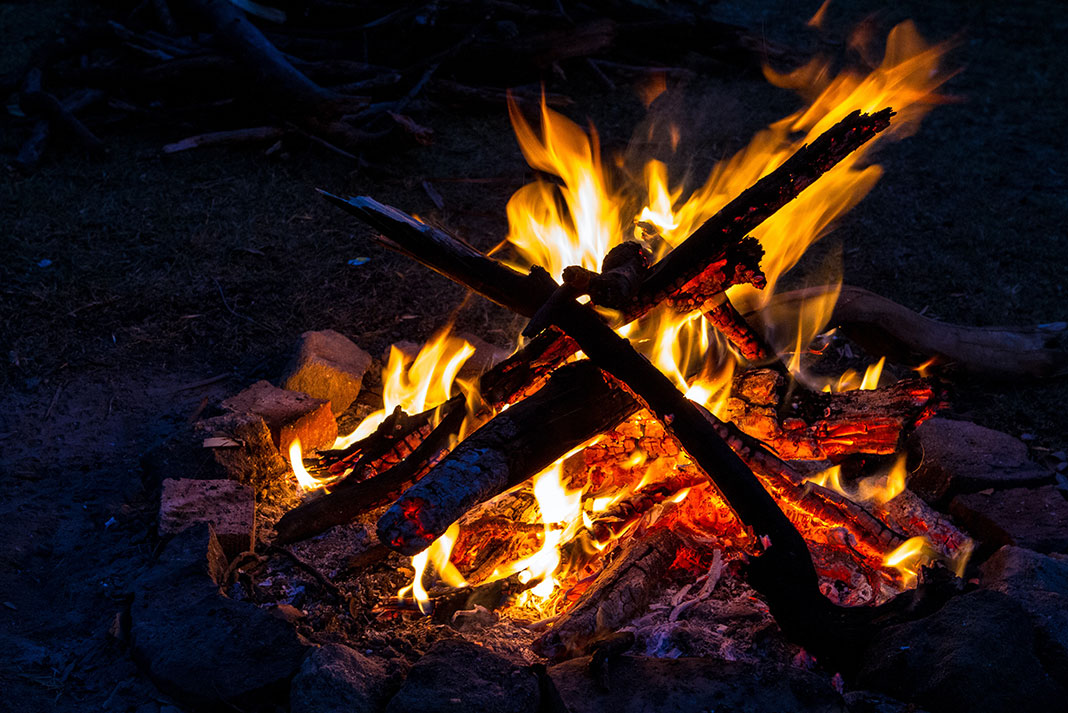
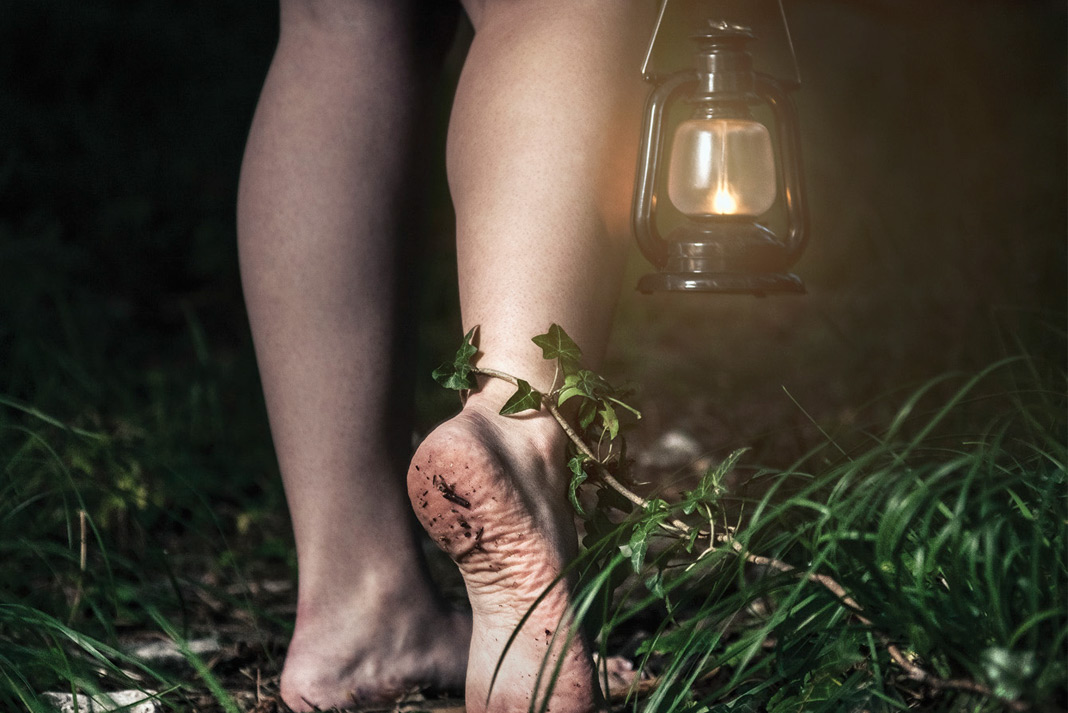
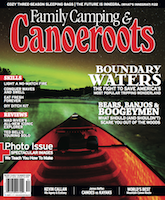 This article was first published in the Early Summer 2015 issue of Canoeroots Magazine.
This article was first published in the Early Summer 2015 issue of Canoeroots Magazine. 